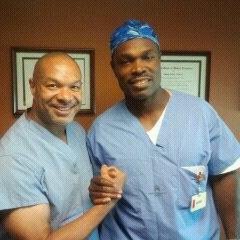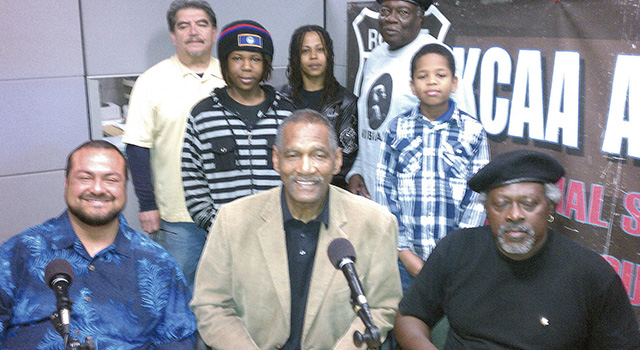BOTTOM LINE…PUBLISHER’S COMMENTARY BY WALLACE J. ALLEN
Preventing death from the Ebola virus is possible if it is true that the Ebola virus lives about 20 to 29 days, and if it is true, the virus must have high fever heat in order to achieve the deadly stage where the blood erupts from the capillaries. We are not sure the virus needs high fever heat in order to reach this stage, but we do know that high fever heat has been present in each case that death has occurred. Therefore we say “if” the patient can be cooled, MAYBE death will be prevented.
The concept is to ward off the high fever temperature associated with the bleeding out stage. If the patient’s body temperature is kept at 100 degrees Fahrenheit, well below the temperature that accompanies the bleeding out stage, the life-cycle of the virus can possibly complete without killing the patient.
How can patients prevent high fever temperature? We know that modern cooling methods require power and supplies that are not available, nor deliverable to where needed; however, we also know that there is a cooling method that is available to most victims and that it is basically free.
My friend and associate, Dr. Ahmses Maat, (Doctorate of Metaphysics, Registered Respiratory Therapist, Certified Clinical Perfusionist, President of TaMeri Inc.), is prescribing a “Mud Bath Series” that allows the patient to cool as needed, either with the assistance of an aide or without. The ability to determine body temperature during the process is the one thing that may be a problem, thermometers are needed.
Dr. Maat suggests that a hole, two to three feet deep by four feet wide by six to seven feet long, be dug out from the ground. Half of the dirt should be placed back in the hole along with water to make the mud. A plastic liner can be used but is not necessary. The patient should lay in the mud bath and cool him/her self as needed. This process should be repeated until the fever no longer returns.
We are aware of the social disruption that makes servicing the Ebola victims almost impossible. It would be great to have 5000 doctors and 20,000 beds and the vaccine and “best practice” procedure to fight this battle, but until that occurs we must submit that reasonable care that does no harm should be afforded the victims.
As usual your comments are important; however, if you are able to communicate this concept to someone on the ground in West Africa, please do so. We are not trying to “get paid,” we want to save lives.
 Westside Story Newspaper – Online The News of The Empire – Sharing the Quest for Excellence
Westside Story Newspaper – Online The News of The Empire – Sharing the Quest for Excellence

